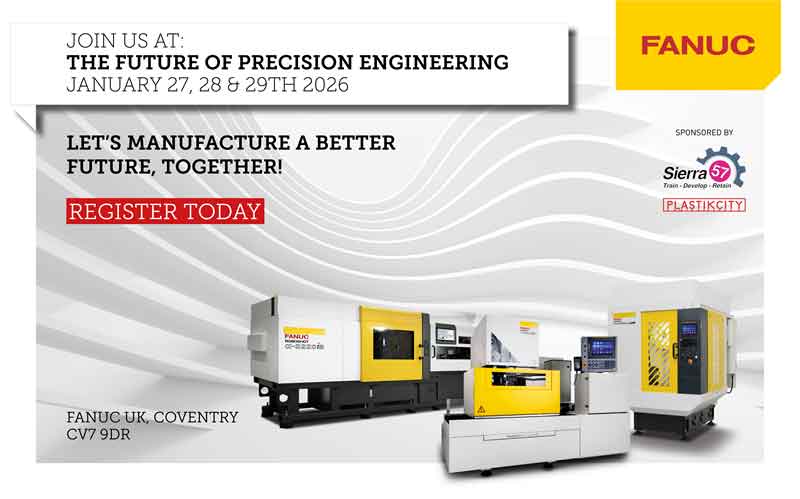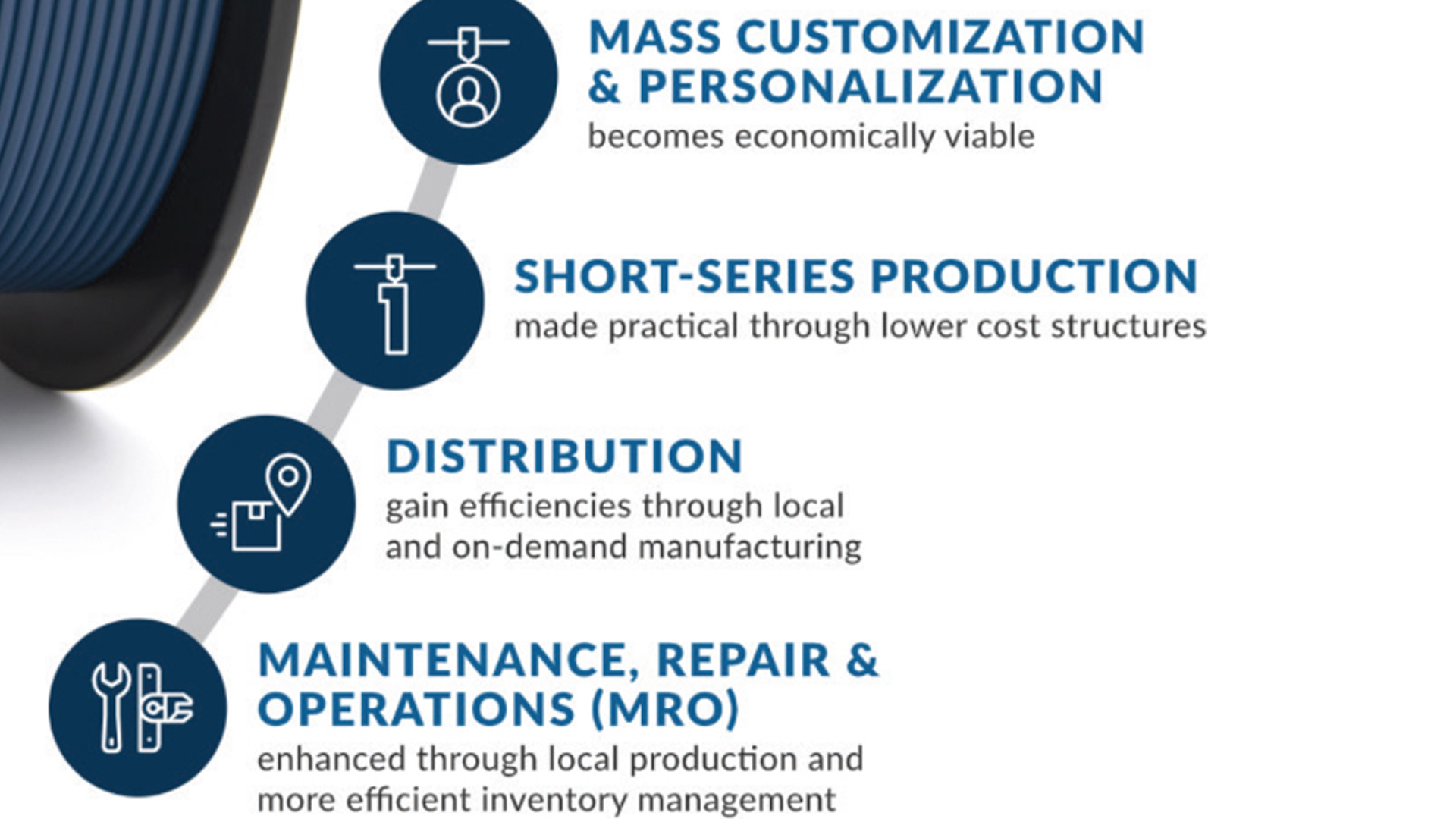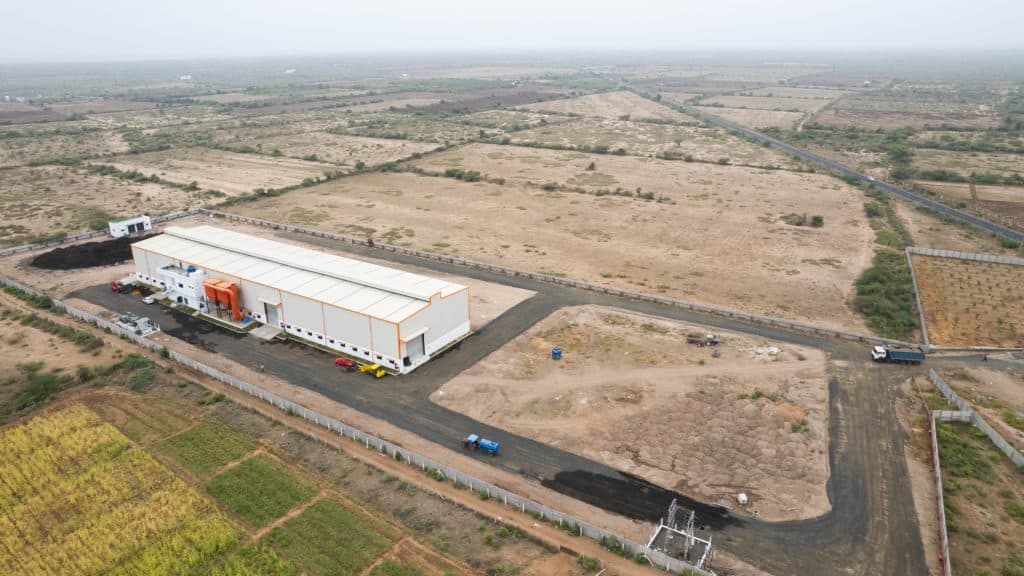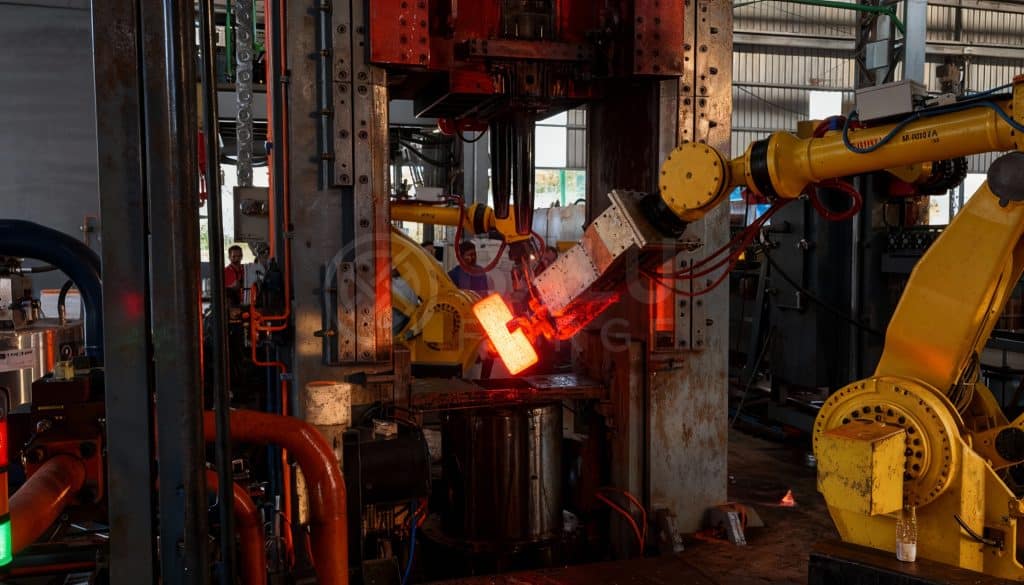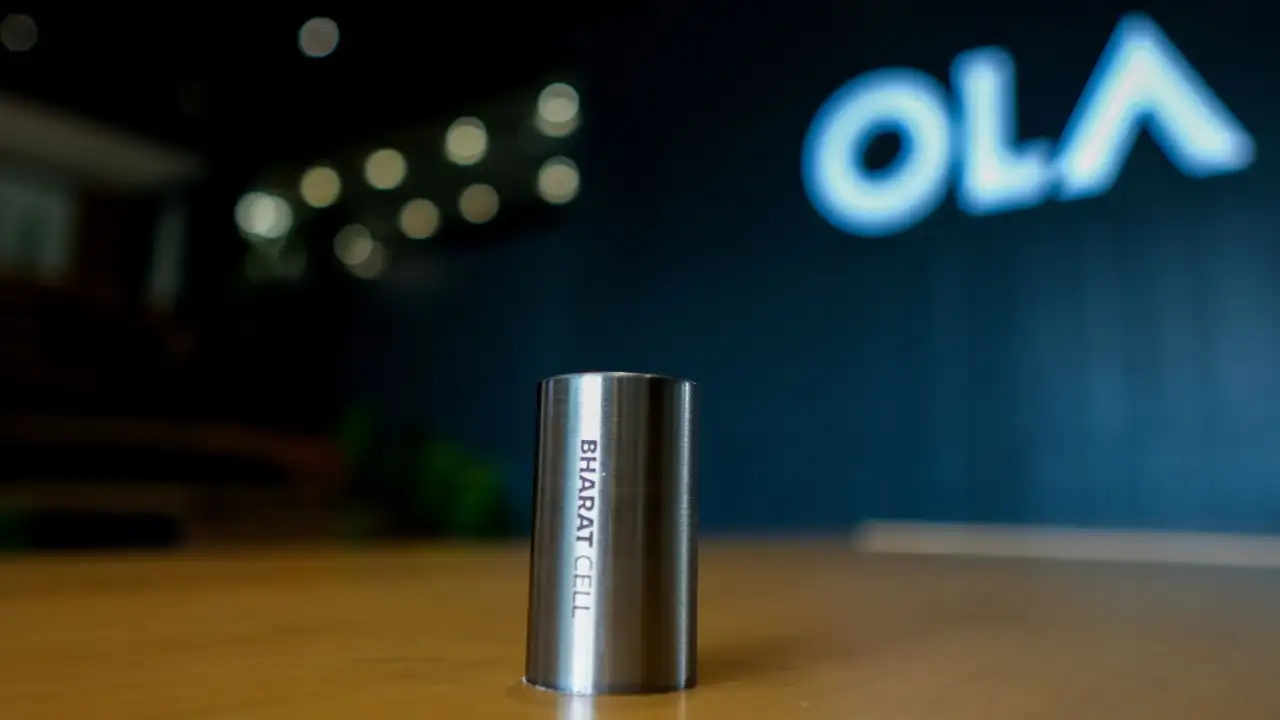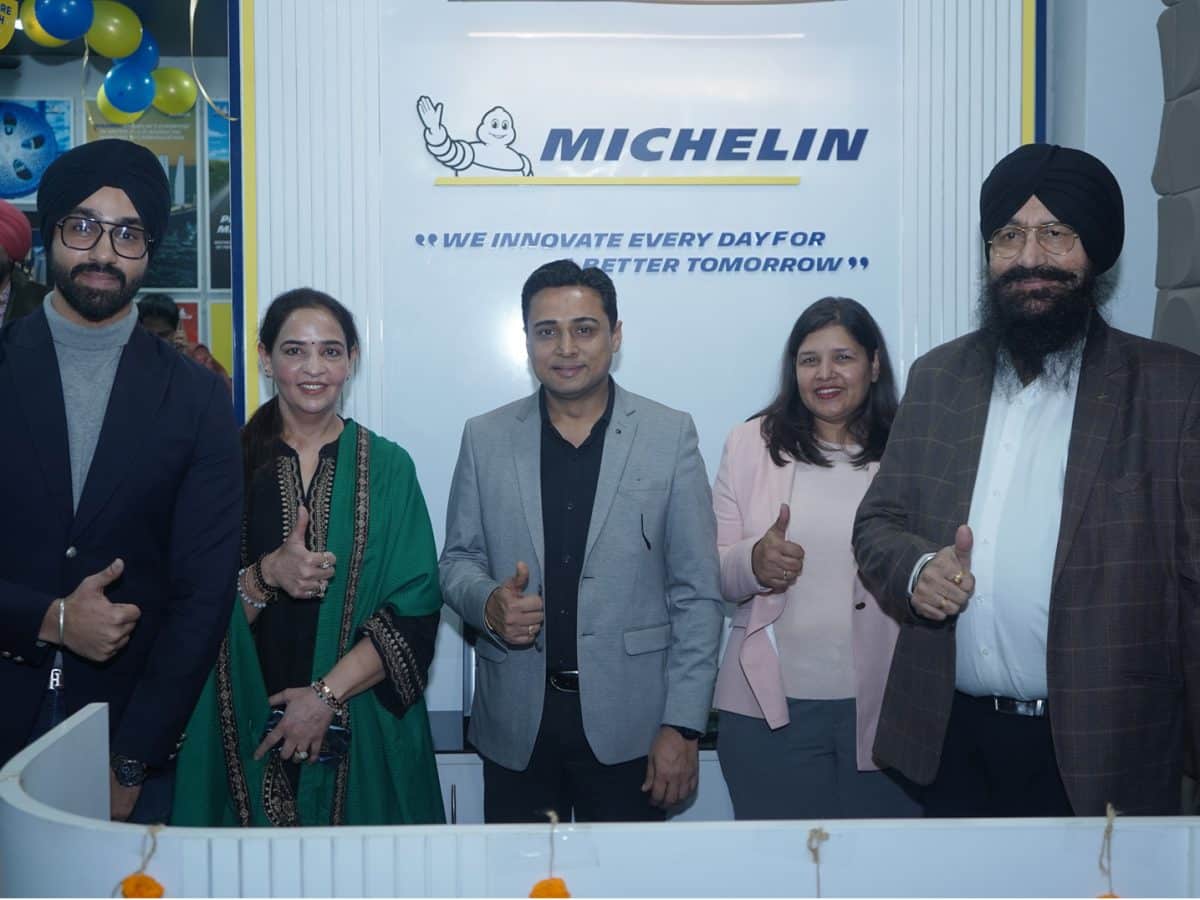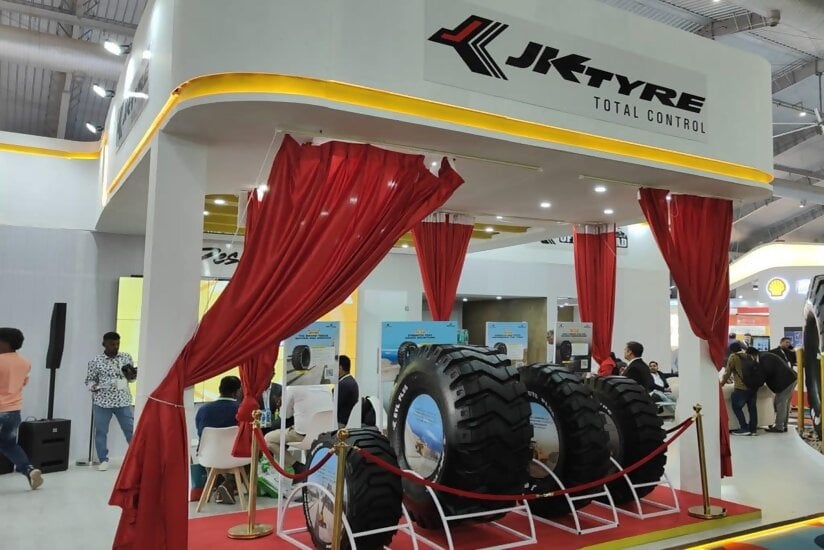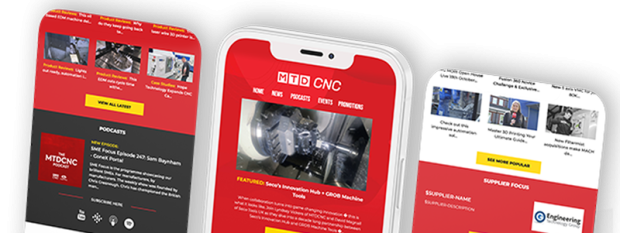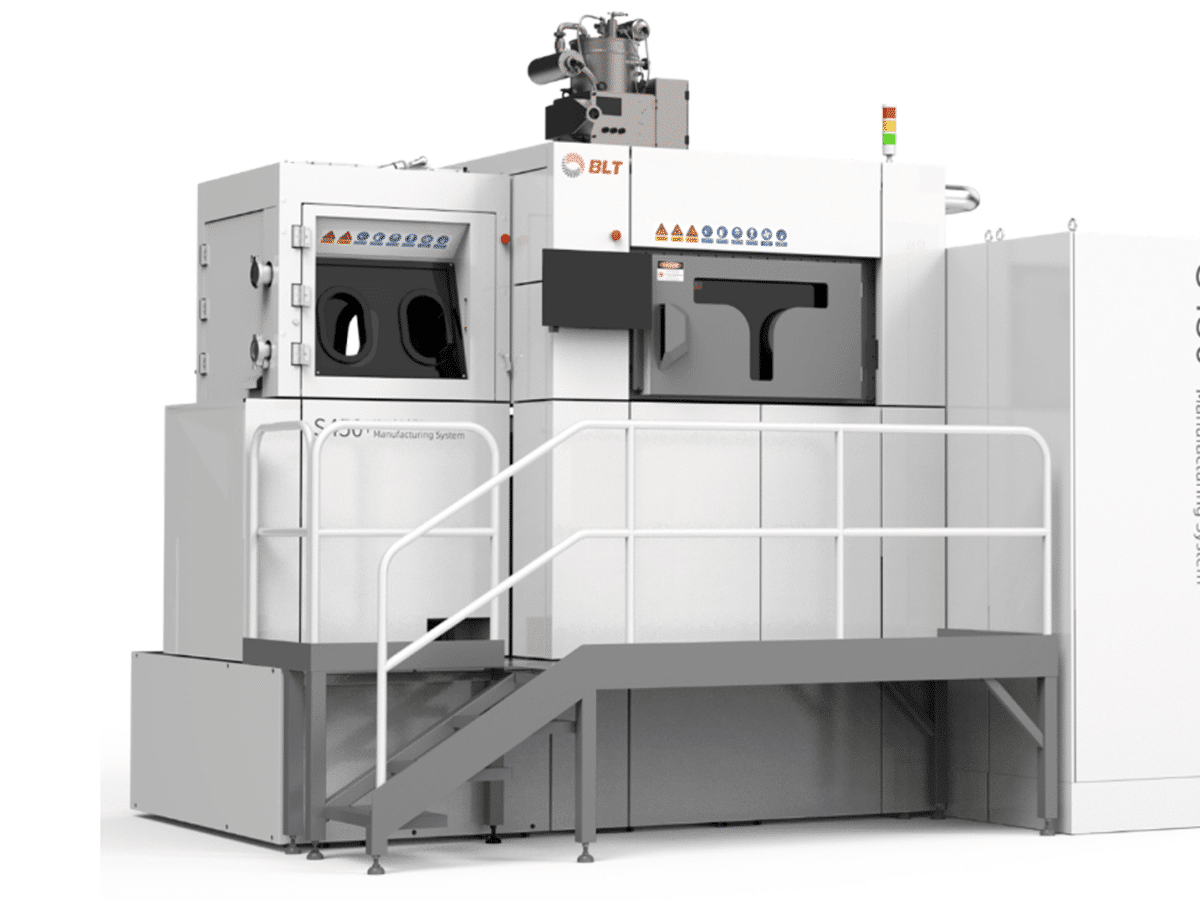
Additive manufacturing has been becoming more popular in many industries in recent years, thanks to the many benefits it has over traditional manufacturing. In simple terms, we can define additive manufacturing as the process of creating components and parts by building one layer at a time.
According to a survey by Jabil’s 3D Printing Trends, 62% of participants say their company is currently using additive manufacturing for production parts, up from 27% in 2017. These numbers clearly show how fast the manufacturing industry is embracing this new way of building things.
3D printing is the most popular application of additive manufacturing. With additive manufacturing strategies such as 3D printing, a lot of material is saved, which significantly lowers the cost of production and the overall price of the final product.
Even industries with highly regulated industries with precise and rigid standards for safety and quality, such as aerospace and health are starting to integrate additive manufacturing solutions into their production processes. Studies have shown that organizations that have embraced additive manufacturing have become more agile, collaborative, and streamlined.
This article will discuss the four main ways additive manufacturing supplements traditional manufacturing.
Quality
One major concern that is often raised when a new manufacturing technology comes up is quality. The good news is that the 3D printing quality and machine reliability have significantly improved over the years. 3D printers can now be used to create parts with more improved geometry accuracy and a smooth surface finish.
Advancements in technologies such as AI have been crucial to the improvement in the quality of products made by 3D printers. So, manufacturers no longer have to compromise quality if they choose to use additive manufacturing instead of the traditional manufacturing methodologies.
Speed
The product development process is a lot faster with additive manufacturing. Additive manufacturing enables teams to easily collaborate on new designs, compare actual physical representations of a product, and save time from concept to prototype to pilot to production. With 3D printing, the steps of making a certain part are significantly minimized. In the end, this reduces the time needed for the product to move from the ideation stage to shipping.
Efficiency
Using additive manufacturing usually leads to a more simplified Bill of Materials (BOM), which leads to a more streamlined supply chain and faster production speed. On top of reducing the number of materials required to create a given product, 3D printing also makes it possible to build highly complex parts with a single machine.
At the end of the day, fewer tasks are involved in the entire production process of a given product. This leads to a more efficient manufacturing process.
Creativity
3D printing allows product designers to get creative without having to worry much about the complexity of the parts they are creating. This is because 3D printers are more flexible when it comes to creating complex shapes.
The future of additive manufacturing
Based on the recent adoption rate, the future of additive manufacturing looks great. Several companies have started to realize how additive manufacturing is a viable and effective tool for design, prototyping, and production. Using 3D printing to test prototypes will saves time, money, and errors during your R&D and actual production of the products, which is a huge win for manufacturers.

